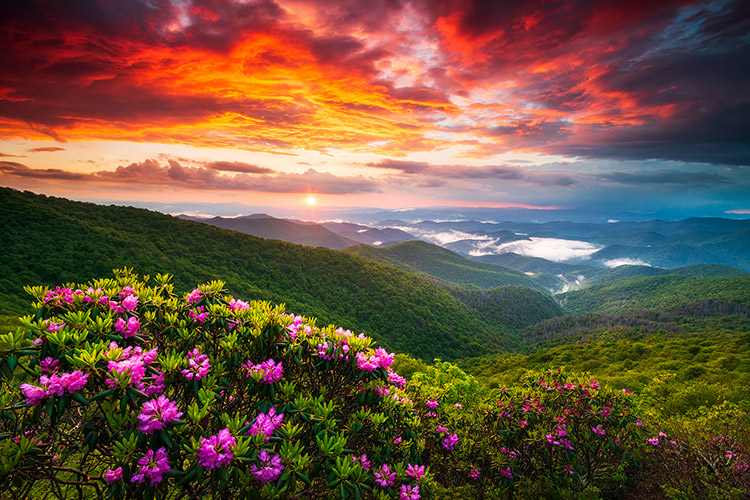CXBOS Insights
Your daily dose of news, insights, and information.
Chasing Light: Secrets of Captivating Landscape Photography
Unlock the secrets to stunning landscape photography! Discover tips and techniques that will transform your photos into breathtaking masterpieces.
Mastering the Golden Hour: Tips for Stunning Landscape Shots
The golden hour, the brief period shortly after sunrise and before sunset, is revered by photographers for its soft, warm light that can dramatically enhance landscape shots. To make the most of this magical time, it's crucial to plan your shoot in advance. Use tools like SunsetWX to track sunrise and sunset times in your area. Additionally, scouting your location beforehand can help you identify the best vantage points and compositions that capitalize on the unique lighting. Remember that patience is key; settings can change rapidly during this time, so arrive early to capture the perfect shot.
During the golden hour, lighting is everything. To create stunning landscape images, consider the following tips:
- Experiment with angles: Moving around your subject can yield vastly different results, so don't hesitate to shift positions.
- Include foreground elements: This adds depth and interest to your photos, making them more dynamic.
- Utilize filters: Polarizing or ND filters can help manage reflections and enhance color saturation, making your landscapes pop.

Essential Gear for Captivating Landscape Photography
Capturing breathtaking landscape photography requires not only a keen eye and creativity but also the right gear to bring your vision to life. At the core of your gear should be a reliable DSLR or mirrorless camera, which provides the flexibility and control needed for stunning shots. Complementing your camera, an array of lenses is essential; a wide-angle lens is particularly invaluable for capturing expansive vistas, while a telephoto lens can help in framing distant details. Additionally, don't overlook the importance of a sturdy tripod to keep your camera steady, especially in low-light conditions or during long exposure shots.
As you venture outdoors, a few other accessories can significantly enhance your landscape photography experience. A quality filter set, including polarizers and ND filters, can help manage reflections and control brightness, allowing you to achieve the perfect exposure in challenging lighting situations. Additionally, consider a reliable camera bag that offers sufficient protection and organization for your gear while ensuring it's easy to transport. Finally, don't forget to pack extra batteries and memory cards; you wouldn't want to miss out on capturing that perfect shot due to a dead battery or full card!
How to Compose Breathtaking Landscapes: Techniques for Success
Composing breathtaking landscapes requires a blend of artistic vision and technical skills. One foundational technique is the rule of thirds, which suggests dividing your frame into nine equal parts using two horizontal and two vertical lines. By placing key elements along these lines or at their intersections, you can create a more dynamic and engaging composition. Additionally, incorporating leading lines, such as roads or rivers, can guide the viewer's eye through the image, making it feel more immersive. For more insights on composition techniques, check out this Digital Photography School article.
Another essential aspect of landscape photography is understanding natural light. The golden hours—shortly after sunrise and before sunset—are ideally suited for capturing stunning landscapes, as the soft, warm light enhances textures and colors. Experiment with different angles and perspectives to find the most captivating view; a low angle can emphasize foreground elements and provide a sense of depth. For advanced tips on utilizing light effectively in photography, take a look at this Premium Bees guide. Remember, practice makes perfect, and with time you'll develop your own unique approach to composing breathtaking landscapes.